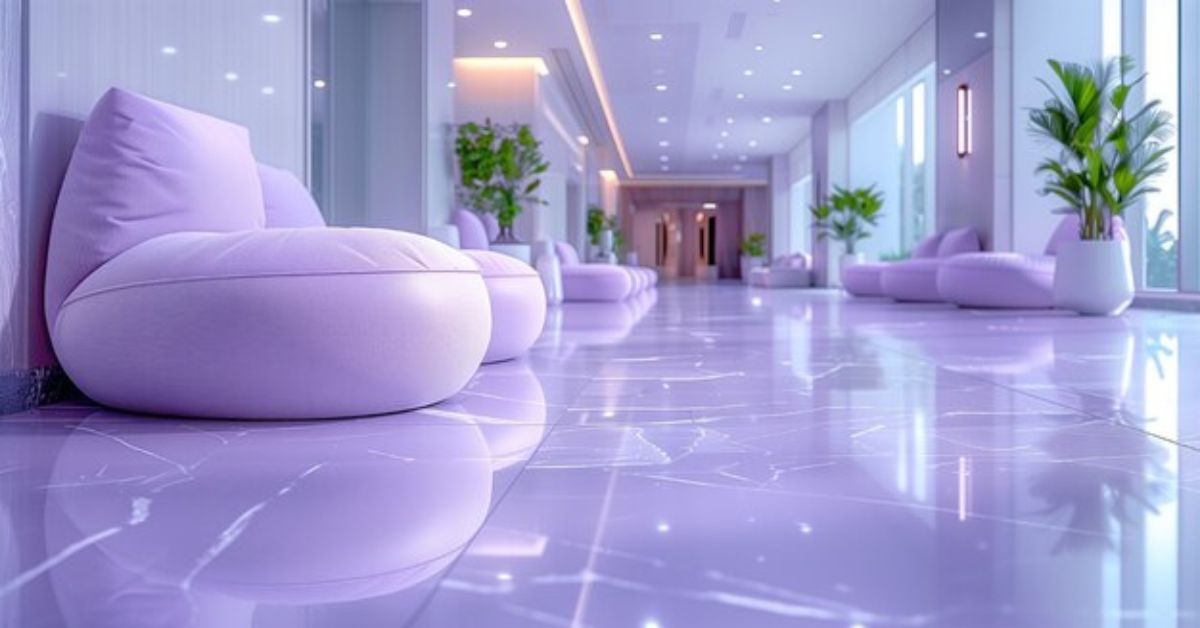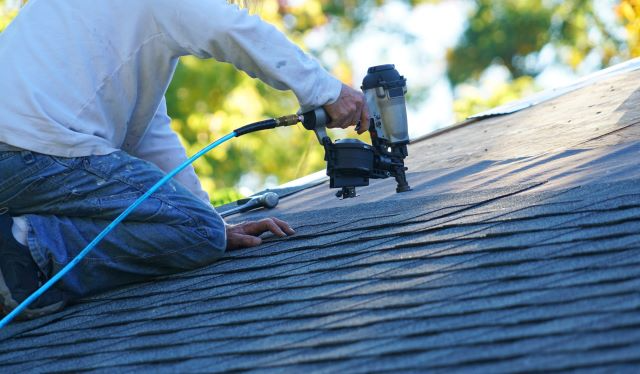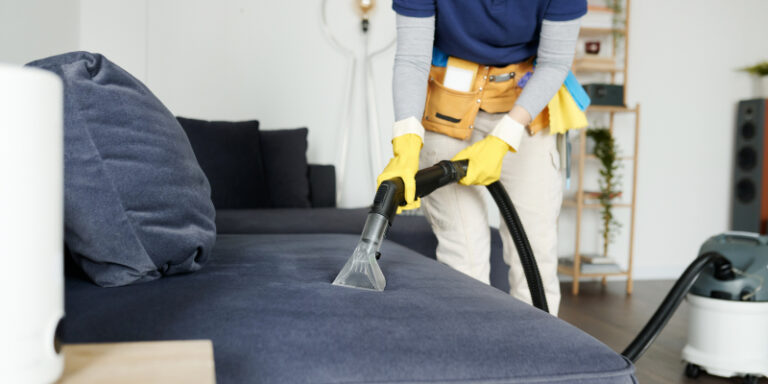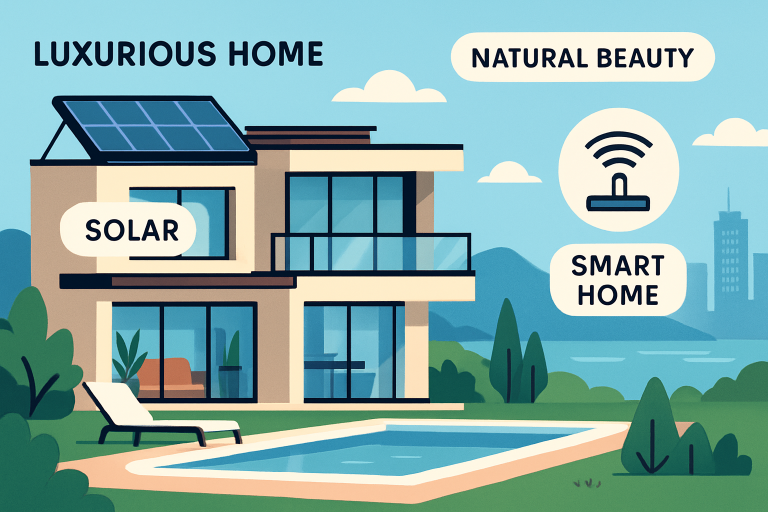Future Trends in Epoxy Flooring: Smart Materials and Self-Healing Surfaces

The world of flooring is changing. It is not just about colour or texture anymore. It is now about intelligence, resilience, and technology.
Epoxy flooring, once seen as purely industrial, is entering a bold new era. This surface is becoming smart, learning to repair itself. It is transforming into a living part of our built environment.
Today’s floors must do more. They must look good, last long, and respond to their surroundings. Epoxy floors are rising to this challenge in Geelong. Let’s see how!
The Shift from Static to Smart
In the past, floors just sat there. They had one job—stay solid and look clean. Now, things are different. We live in smart homes, walk through smart offices, and shop in connected spaces. Every object is learning, so must the floor.
Smart epoxy flooring uses advanced materials. These materials can react, sense changes in temperature, and track pressure. Some can even alert users to damage. They turn the floor into a responsive surface.
This is not science fiction. It is happening now. Flooring is becoming interactive. It is not passive anymore.
What Are Smart Materials?
Smart materials are not ordinary substances. They adapt properties when exposed to external forces. These forces can include heat, moisture, light, or stress.
In epoxy flooring, smart materials bring many advantages. They allow the surface to adjust. For example, one type might become softer under heat. Another might increase grip when wet. Some can even light up in darkness.
This ability to adapt improves safety. It also enhances performance. Smart epoxy can reduce accidents. It can lower maintenance needs and make floors more intuitive.
Self-Healing Epoxy: The Marvel of Modern Chemistry
Imagine a floor that heals itself. Sounds impossible? It is not.
Self-healing epoxy is already under development. Some versions are available today. The science behind it is fascinating. These epoxies contain microcapsules, inside each of which is a healing agent. When a crack forms, the capsules burst, the liquid flows out, and reacts with the air or surrounding resin. The crack seals shut. Just like skin, the floor heals.
This process reduces the need for repairs. It prevents small issues from growing. It also extends the life of the floor. A self-healing surface can look new for years.
Nanotechnology and Flooring
Nanotechnology is the manipulation of matter on a molecular scale. In flooring, it brings powerful upgrades. Nanoparticles can:
- Strengthen resin
- Add antimicrobial properties
- Improve scratch resistance
When added to epoxy, nanomaterials work like magic. They boost durability while preventing fading. They also help floors withstand chemical spills. Some particles even kill bacteria on contact.
In the near future, we may see nanotech epoxy that purifies indoor air. It could absorb toxins and neutralise allergens.
Energy Efficiency and Light Response
Some epoxy floors will not just stay smart. They will save energy too. Certain smart epoxies now include photo-luminescent particles. These absorb light during the day. At night, they glow gently.
This glowing feature is more than cool. It improves visibility in dark areas. It reduces the need for lighting. Warehouses, car parks, and pathways benefit greatly.
Other materials are sensitive to heat. They change colour when the surface gets too warm. This acts as a warning. It helps prevent burns or overheating in sensitive areas.
Sensors and Connectivity
Flooring is also becoming digital. Embedded sensors are starting to appear in epoxy systems. These sensors can track movement, measure pressure, and detect moisture levels. In a warehouse, this could track forklift traffic. In a hospital, it could monitor cleanliness. In a smart home, it could even detect falls.
The sensors connect to smart systems. They send real-time data. Facility managers can then respond instantly. This brings a new level of control and safety.
Customisation with a Purpose
Smart epoxy floors are not just practical. They can be beautiful, too.
New trends include responsive designs. These are floors that change with their surroundings. A hallway might display a path when it senses footsteps. A hotel lobby might shift colours based on the time of day.
Artists and designers are thrilled, as they now use flooring as a creative canvas. The floor becomes dynamic, enhancing the overall experience of a space.
Challenges and Considerations
No innovation comes without hurdles. Smart and self-healing floors still face challenges. Cost is one barrier, as these materials are not yet cheap. Installation may require special tools or trained experts.
Long-term durability is another concern. While testing is promising, these technologies are new. We need time to see how they perform under pressure.
Sustainability is also a question. Some smart materials involve chemicals or plastics. Manufacturers must ensure these remain safe. They must also work on recycling options.
Who Will Benefit the Most?
Many industries stand to gain. Healthcare facilities need hygiene. Smart epoxy can kill germs. Factories need resilience. Self-healing floors save time and money. Retail spaces want visual appeal. Responsive designs deliver that.
Schools, airports, gyms, and even homes can benefit. The floor is no longer background. It is now the front line.
Conclusion
Epoxy flooring has always been tough. It has always been glossy. But now, it is becoming brilliant. It can think, react, and even heal. So, the future of epoxy flooring in Geelong is bright. In the coming years, we will walk on floors that are smarter than ever.
So, it is time to rethink what a floor can be. Epoxy is not just a coating anymore. It is becoming an intelligent layer beneath our lives. If you are ready, consider connecting with experienced experts like Premium Concrete Resurfacing. The rest, they will handle.






